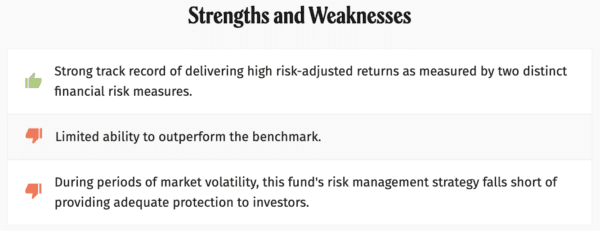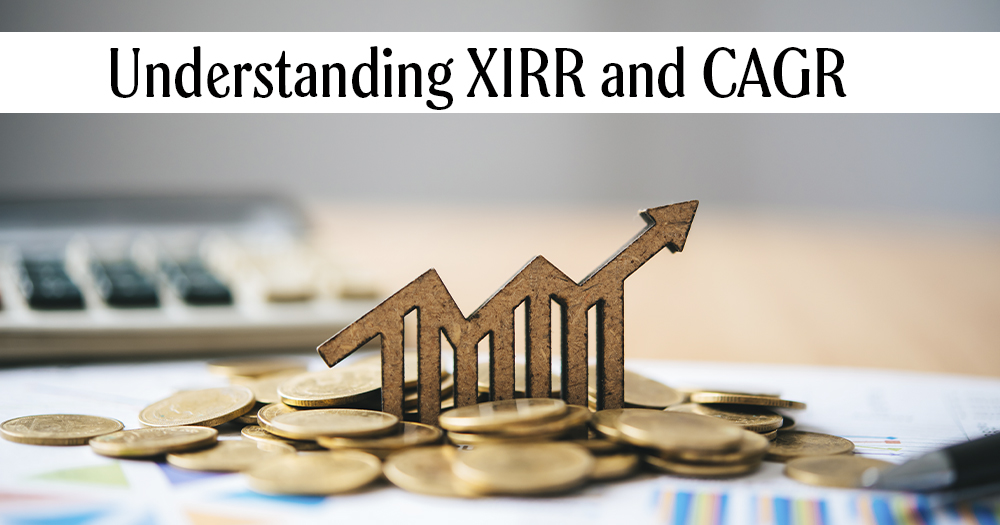In today’s financial landscape, it’s hard to escape the buzz surrounding mutual funds and SIPs (Systematic Investment Plans). These terms are amongst the most searched on Google, yet it’s surprising to note that the number of mutual fund investors in India hovers around a modest 3 to 4 crore mark.
Why this disparity? Is mutual fund investing truly as complicated as it appears? With over 8000 options to choose from and more than 35 categories to decipher, it’s no wonder investors often find themselves overwhelmed. The tendency to base investment decisions solely on past performance lingers, despite the historical fact that no mutual fund has retained the number one position in consecutive years in terms of returns.
Another common pitfall is the misguided belief that accumulating a multitude of mutual fund schemes equates to a well-diversified portfolio. In reality, this approach can lead to a tangled web of investments that are difficult to track and manage.
Consider this eye-opening statistic: more than 60% of the industry’s mutual fund equity assets under management (AUM) are invested in Nifty 50 stocks, highlighting the concentration of investments in a handful of large-cap companies.
In a world where many platforms evaluate mutual funds based solely on past performance, the question arises: How does one navigate this complex landscape and choose the right mutual fund schemes for their portfolio?
This is where 1 Finance steps in, simplifying the evaluation of mutual fund schemes and providing the critical rationale needed to make informed decisions. Our mission is to empower you with the knowledge and insights required to navigate the world of mutual fund investing effectively.
Comprehensive Analysis of All Equity Mutual Funds:

At 1 Finance, our commitment to simplifying the equity mutual fund selection process begins with inclusivity. We understand that investors are faced with an overwhelming number of options, and that’s why we’ve undertaken the extensive task of analyzing every equity and largecap index mutual fund in the market. This means that no stone is left unturned in our quest to provide investors with a complete picture.
Scores and Ranks Based on Key Ratios:
What is 1 Finance scoring – Ever wondered why 1 Finance uses a scoring methodology instead of traditional star ratings or standalone rankings? The answer lies in the need for clarity and precision. Star ratings and rank-only systems can sometimes lack the necessary nuance and may inadvertently lead investors astray.
For example, consider the Contra Fund category, where there may be few funds, all performing subpar. A ranking system would still assign them numerical positions, potentially misleading investors into chasing the top-ranked fund, even if none are truly excelling.
At 1 Finance, we employ a scoring system, assigning scores ranging from 1 to 100 to mutual fund schemes. In cases where schemes perform poorly, our scoring system reflects this with lower scores, and vice versa. It’s important to note that the score is the primary parameter to consider, not the rank. The rank simply serves to highlight a fund’s position within its category. Funds with a score above 75 are considered good to hold.
We make it a point to communicate clearly to our investors that the score should be the focal point of their evaluation, not the rank.
To ensure that investors can make well-informed decisions, we’ve meticulously developed a sophisticated scoring system. This system is rooted in key financial ratios such as Sharpe, Sortino, Treynor, and Jensen’s Alpha ratios. These ratios offer insights into various aspects of a fund’s performance, including the level of risk taken to generate returns, the ability to protect against market downturns, and the consistency of outperforming benchmark returns. Tracking error ratio, expense ratio and funds age is considered to evaluate index funds.
Our approach is grounded in comprehensive research, empowering you to invest with confidence while prioritizing the elimination of underperforming options over the pursuit of high returns. You can be assured that our scoring system offers a nuanced and holistic view of each mutual fund scheme’s performance and suitability.
Fund Manager Score: Fund manager analysis plays a pivotal role in our evaluation process, as it allows us to gauge a fund manager’s track record based on their performance with previously managed funds.
This assessment involves considering three crucial parameters:
- Alpha Generation in the Same Category: We evaluate the quantum of alpha generated by the fund manager in the past within the same category of funds that they are currently managing. Alpha, which reflects a fund’s ability to outperform its benchmark, serves as a key indicator of the manager’s skill and expertise.
- Total Experience in the Same Category: Another vital factor we take into account is the fund manager’s cumulative experience within the specific category of funds they are currently managing. A manager’s familiarity and history within a given category can provide valuable insights into their ability to navigate that particular investment landscape effectively.
- Fund Manager’s Overall Experience: Beyond the confines of a specific fund category, we also assess the fund manager’s total experience in the broader financial landscape. This comprehensive evaluation takes into consideration their expertise and performance across various market conditions, further enhancing our understanding of their capabilities.
By considering these three parameters, we derive a Fund Manager score that offers a comprehensive assessment of the manager’s competence and suitability for guiding your investments. This holistic approach ensures that you can make well-informed decisions when choosing funds managed by individuals with proven expertise and a track record of success.
Providing Strengths and Weaknesses Analysis:
Beyond just assigning numerical scoring & rankings, we believe in transparency and depth. That’s why we provide a comprehensive.
Strengths and Weaknesses analysis for each fund. This analysis delves into the factors that contribute to a fund’s performance, giving investors insights into what makes each fund tick and where it may face challenges.
For eg –

Who Should Invest and Who Should Avoid Analysis:
As we mentioned earlier, the world of mutual funds offers a multitude of categories to invest in. It’s wiser to take a step back and familiarize yourself with these categories before jumping into an investment solely based on past returns or random recommendations.
This section serves as your guide to understanding these fund categories more comprehensively. It sheds light on the specific types of risks associated with each category of mutual funds. This knowledge empowers you, instilling confidence in your investment decisions.
For instance, let’s take Smallcap funds as an example – Who should consider investing in them, and who might want to steer clear?
For eg –

Featured Mutual Funds: Our curated list of featured mutual fund schemes comprises options that we deem well-suited for long-term investment. Amid the multitude of mutual fund categories available, we have opted to spotlight the Large Cap Index and Flexicap categories for compelling reasons:
Large Cap Index Funds: Upon meticulous analysis of large-cap funds, we’ve consistently observed underperformance in active large-cap funds when compared to their benchmark indices. This observation has led us to conclude that, for investors seeking opportunities in the large-cap category, index funds represent a more pragmatic choice. They offer the potential for alignment with benchmark performance while minimizing the impact of underperformance.
Flexicap Funds: Within the realm of actively managed funds, the flexicap category stands out for its inherent flexibility. Fund managers in the flexicap category have the liberty to strategically allocate investments across large-cap, mid-cap, and small-cap stocks. This dynamic allocation allows them to adapt to varying market conditions, offering a unique advantage not found in other mutual fund categories. As such, we’ve included flexicap funds in our featured list to provide investors with exposure to a broader spectrum of market opportunities.
Important Note: It’s worth noting that our research covers all equity mutual funds with a track record exceeding one year. Our model undergoes regular quarterly updates to ensure that our recommendations remain aligned with evolving market dynamics, enabling you to make informed investment choices with confidence.
True Overview for Investors:
Our ultimate aim is to provide investors with a genuine overview of each fund. This isn’t limited to historical performance metrics; it encompasses a holistic understanding of the fund’s strengths, weaknesses, and its suitability for different types of investors. We want you to make decisions with confidence, knowing that you have a complete view of your investment options.
Summary:
In a world where mutual funds and SIPs dominate financial discussions, it’s surprising that the number of investors in India remains modest. This incongruity arises from the perceived complexity of mutual fund investments, with thousands of options and numerous categories, leading many to base decisions solely on past performance, a strategy that history has shown to be unreliable.
1 Finance steps in to simplify this intricate landscape. We believe in empowering investors with the knowledge needed to make informed choices.
Our comprehensive approach involves analyzing every equity and large-cap index mutual fund, leaving no stone unturned.
We’ve replaced traditional star ratings with a precise scoring system, ranging from 1 to 100, to ensure you focus on performance rather than misleading rankings.
We dive deeper, evaluating fund managers based on their track records, considering alpha generation, category experience, and overall financial expertise.
We offer Strengths and Weaknesses analysis for added transparency and guidance.
Our insights extend to fund categories, helping you understand associated risks and who should consider specific investments.
Our featured mutual fund list spotlights options suitable for long-term investment, focusing on stability and diverse opportunities.
We cover all equity mutual funds with a track record exceeding one year, regularly updated to keep you aligned with evolving market dynamics.
Our ultimate goal is to provide you with a holistic understanding of fund suitability and performance, so you can invest with confidence in the world of mutual funds.










